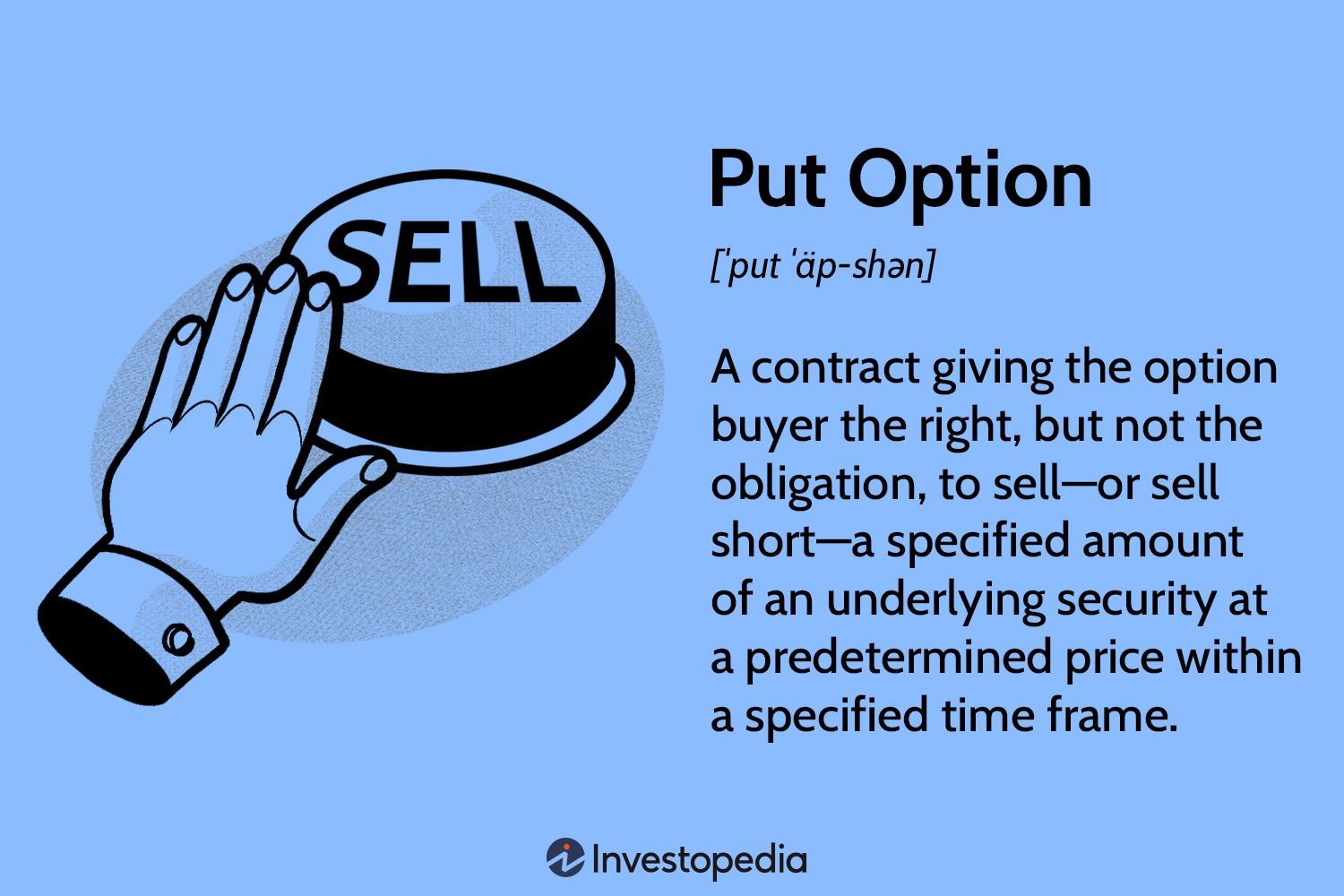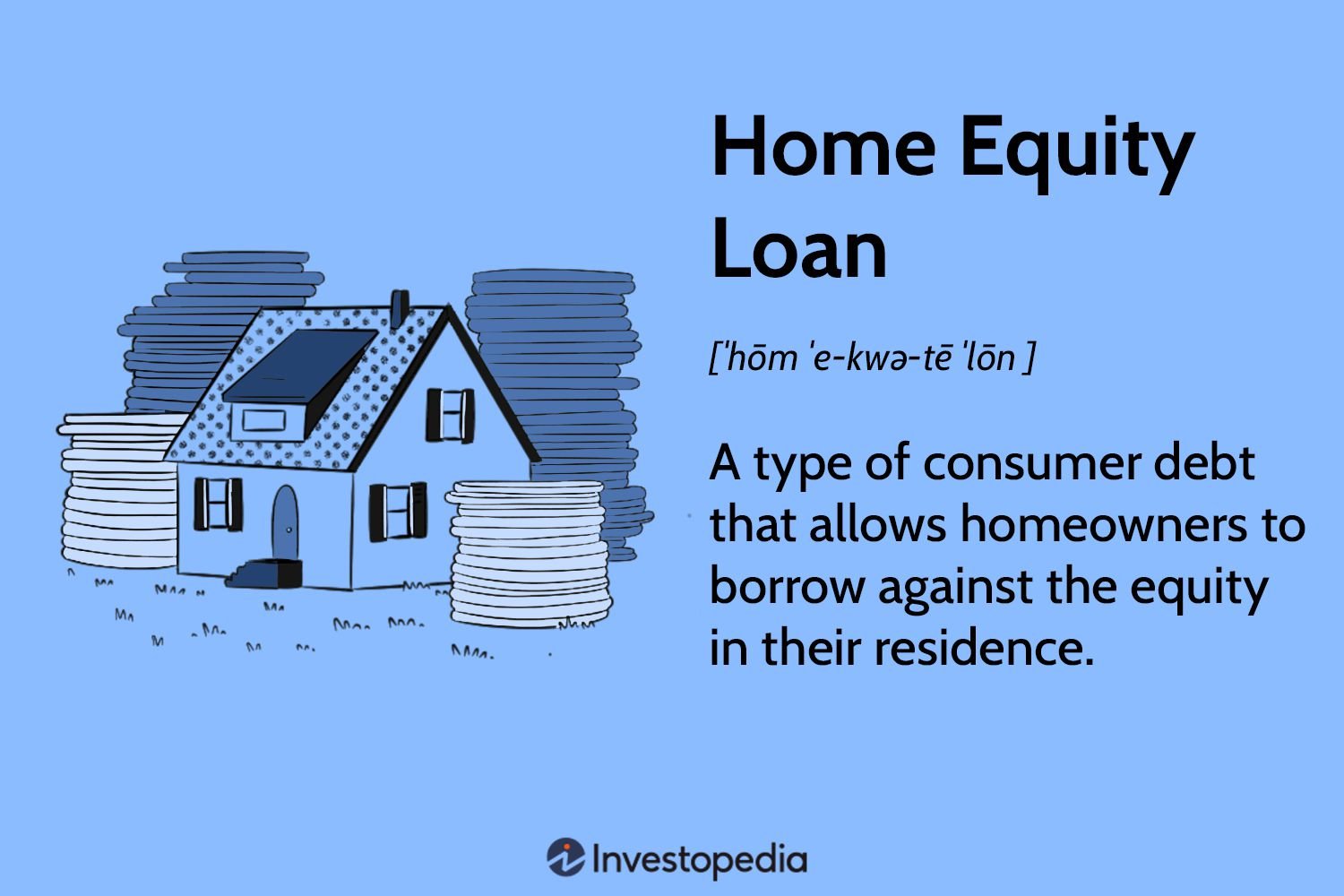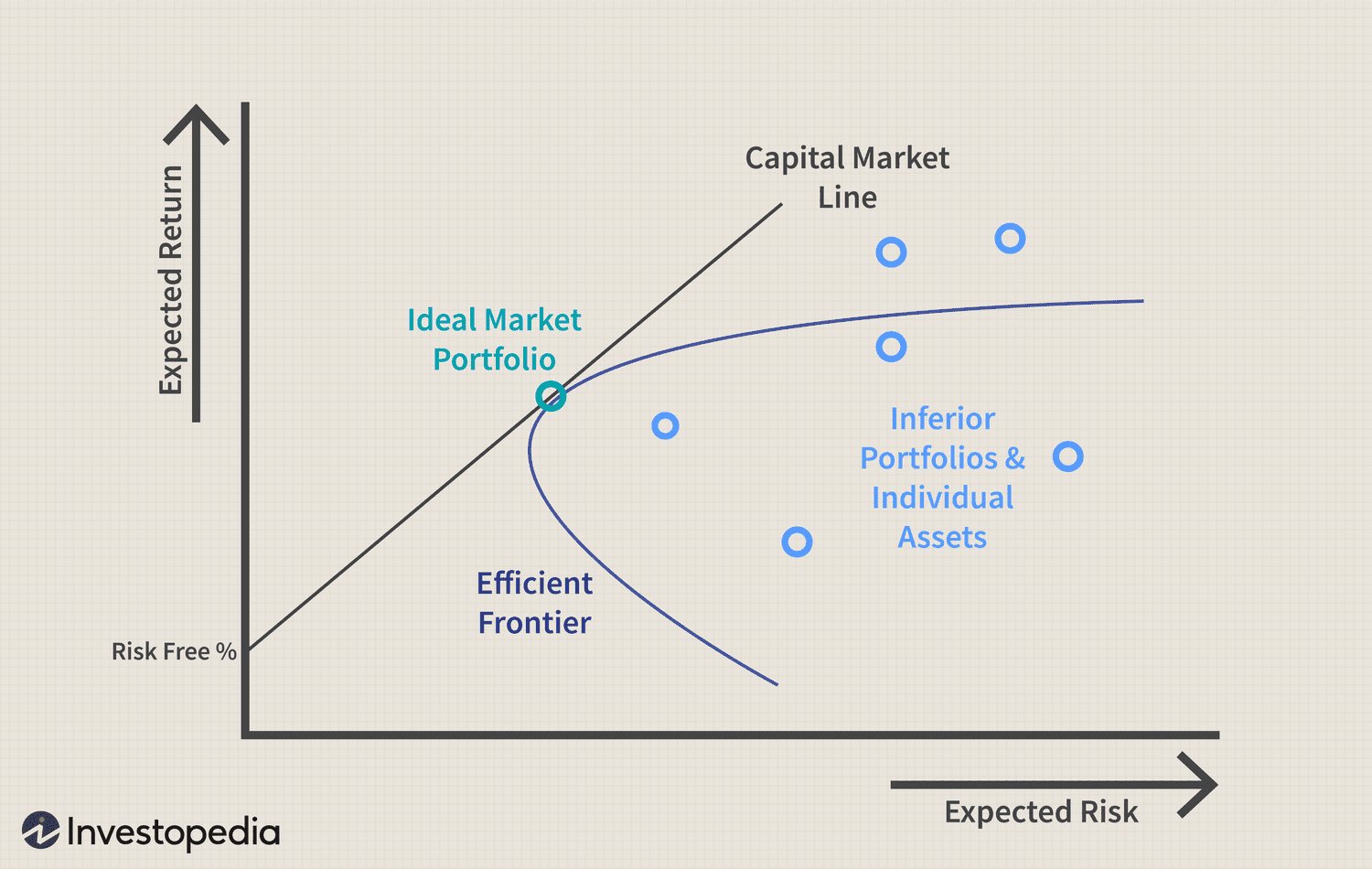Are you curious about what a put option in stock trading entails? Well, look no further! A put option is a financial instrument that allows an investor to sell a specific stock at a predetermined price within a specified time frame. This option provides a unique opportunity for traders to profit from a stock’s decline in value. Unlike its counterpart, the call option, a put option gives you the right, but not the obligation, to sell a stock. Let’s delve deeper into the intricacies of put options in stock trading.
What is a Put Option in Stock Trading?
In the world of stock trading, investors have a multitude of strategies they can employ to potentially profit from market movements. One such strategy is the use of put options. Put options provide traders with the opportunity to protect their investments or profit from a decline in the price of a particular stock. In this article, we will explore what put options are, how they work, and the factors to consider when trading them.
Understanding Options
Before delving into put options specifically, let’s first grasp the concept of options in general. Options are financial derivatives that give traders the right, but not the obligation, to buy or sell an underlying asset at a predetermined price, known as the strike price, on or before a specified date, known as the expiration date. These underlying assets can be stocks, commodities, or even indices.
There are two types of options: calls and puts. Call options provide the buyer with the right to purchase the underlying asset, while put options give the buyer the right to sell the underlying asset. Both types of options can be bought or sold, providing various trading strategies to investors.
What is a Put Option?
A put option is a financial contract that gives the holder the right, but not the obligation, to sell a specific amount of an underlying asset at the strike price before the option’s expiration date. Put options are typically purchased by traders who anticipate a decline in the price of the underlying asset.
When a trader buys a put option, they are essentially paying a premium for the right to sell the underlying asset at the strike price. If the price of the asset falls below the strike price before the expiration date, the trader can exercise the option and sell the asset at a profit.
How Do Put Options Work?
To understand how put options work, let’s consider an example:
Suppose you believe that the shares of XYZ Company, which are currently trading at $50, are overvalued and will decline in the near future. You decide to purchase a put option with a strike price of $45 and an expiration date of one month from now. In this scenario:
1. You pay a premium to the option seller for the right to sell XYZ shares at $45.
2. If, during the option’s lifespan, the price of XYZ shares drops below $45, you can exercise your put option.
3. By exercising the put option, you can sell the XYZ shares at the higher strike price of $45, even if the current market price is lower.
4. This allows you to profit from the price decline and potentially offset any losses in your XYZ share holdings.
It’s important to note that if the price of the underlying asset remains above the strike price or fails to decline significantly, the put option may expire worthless, and you would lose the premium paid.
The Benefits of Put Options
Put options offer several benefits to traders, including:
- Profit from downward price movements: Put options allow traders to profit from a decline in the price of the underlying asset without having to own the asset itself.
- Risk management: Put options can act as a form of insurance, providing protection against potential losses in a trader’s portfolio. If the market experiences a significant downturn, the gains from exercising put options can offset losses from other investments.
- Flexibility: Put options can be used in various trading strategies, such as hedging against existing positions, generating income through option writing, or speculating on market movements.
Factors to Consider When Trading Put Options
While put options may offer enticing opportunities, it’s essential to consider several factors before incorporating them into your trading strategy:
Market Volatility
Volatility plays a crucial role in option pricing. Higher market volatility generally leads to higher option premiums, reflecting the increased risk associated with potential price swings. As a trader, you should assess the overall market volatility and its potential impact on the price of the underlying asset before buying or selling put options.
Time Decay
Options have a limited lifespan, and their value diminishes as the expiration date approaches. This phenomenon, known as time decay or theta decay, means that the longer you hold an option, the more its value erodes. Traders who purchase put options need to be mindful of the time decay effect and consider it in their trading decisions.
Liquidity
Liquidity refers to the ease with which an option can be bought or sold in the market. When trading put options, it is crucial to choose assets with sufficient liquidity to ensure fair pricing and efficient execution of trades. Low-liquidity options may have wider bid-ask spreads, creating a potential disadvantage for traders.
Understanding Option Greeks
Option Greeks are mathematical calculations used to measure various factors impacting the price and risk of options. The key Greeks to be aware of when trading put options include:
- Delta: Delta measures the sensitivity of an option’s price to changes in the price of the underlying asset. Put options have negative deltas, meaning their value generally increases as the price of the underlying asset decreases.
- Theta: Theta measures the rate at which an option’s value declines over time. Traders should consider theta when deciding the appropriate timing for their put option trades.
- Vega: Vega represents the sensitivity of an option’s price to changes in volatility. Traders who anticipate changes in market volatility should be aware of vega’s impact on option premiums.
- Gamma: Gamma measures the rate of change in an option’s delta based on changes in the price of the underlying asset. Understanding gamma is crucial for managing risk and adjusting option positions as the market moves.
Put options provide traders with the opportunity to profit from a decline in the price of an underlying asset. By understanding how put options work, considering key factors such as market volatility and option Greeks, and employing effective risk management strategies, traders can incorporate put options into their overall trading approach. However, it’s crucial to remember that options trading involves risks and may not be suitable for all investors. Consulting with a financial professional can help traders navigate the complexities of options trading and make informed decisions.
Put Options Explained: Options Trading For Beginners
Frequently Asked Questions
Frequently Asked Questions (FAQs)
What is a put option in stock trading?
A put option is a financial contract that gives the holder the right, but not the obligation, to sell a specific amount of an underlying asset at a predetermined price before a certain expiration date. In stock trading, a put option provides investors with a way to profit from a decrease in the price of the underlying stock.
How does a put option work?
When you buy a put option, you are purchasing the right to sell the underlying stock at the strike price. If the stock price decreases below the strike price before the option expires, you can sell the stock at the higher strike price and realize a profit. If the stock price stays above the strike price or increases, the put option may expire worthless, resulting in a loss of the premium paid for the option.
What is the purpose of using put options in stock trading?
The main purpose of using put options in stock trading is to protect against potential losses or to profit from a decline in the price of the underlying stock. Put options can act as a form of insurance, allowing investors to limit their downside risk in case the stock price drops significantly.
Are put options only used for bearish trading strategies?
While put options are commonly used in bearish trading strategies, they can also be used in other situations. For example, some investors may use put options as a form of portfolio insurance or as a hedge against specific stocks or sectors in their portfolio. Put options can provide flexibility and risk management in various market conditions.
How is the price of a put option determined?
The price of a put option, known as the premium, is influenced by several factors including the current stock price, the strike price, the time remaining until expiration, the volatility of the stock, and interest rates. Generally, as the stock price decreases or the volatility increases, the premium of the put option tends to rise.
What are the risks associated with buying put options?
The main risk associated with buying put options is the potential loss of the premium paid for the option if the stock price does not decrease below the strike price before the option expires. Additionally, if the stock price remains above the strike price, the put option may expire worthless, resulting in a total loss of the premium.
Can I sell a put option before it expires?
Yes, put options can be sold before they expire. By selling the put option, you can realize a profit or loss based on the difference between the premium received when selling the option and the premium paid when buying the option. Selling a put option before expiration allows you to exit the position and potentially mitigate any further losses or lock in profits.
What is the difference between buying a put option and short selling a stock?
When you buy a put option, you are purchasing the right to sell a stock at a specific price. In contrast, short selling involves selling borrowed shares of a stock in the hopes of buying them back at a lower price to profit from the difference. While both strategies can benefit from a decline in stock price, buying put options provides limited risk, while short selling carries potentially unlimited risk.
Final Thoughts
In conclusion, a put option in stock trading provides investors with the right to sell a specific stock at a predetermined price within a specified time period. This type of option is commonly used as a hedging strategy to protect against potential losses or take advantage of downward price movements in the stock market. By utilizing put options, investors can manage their risk and potentially generate profits when stock prices decline. Understanding what a put option is in stock trading is essential for investors seeking to diversify their strategies and protect their portfolios.



